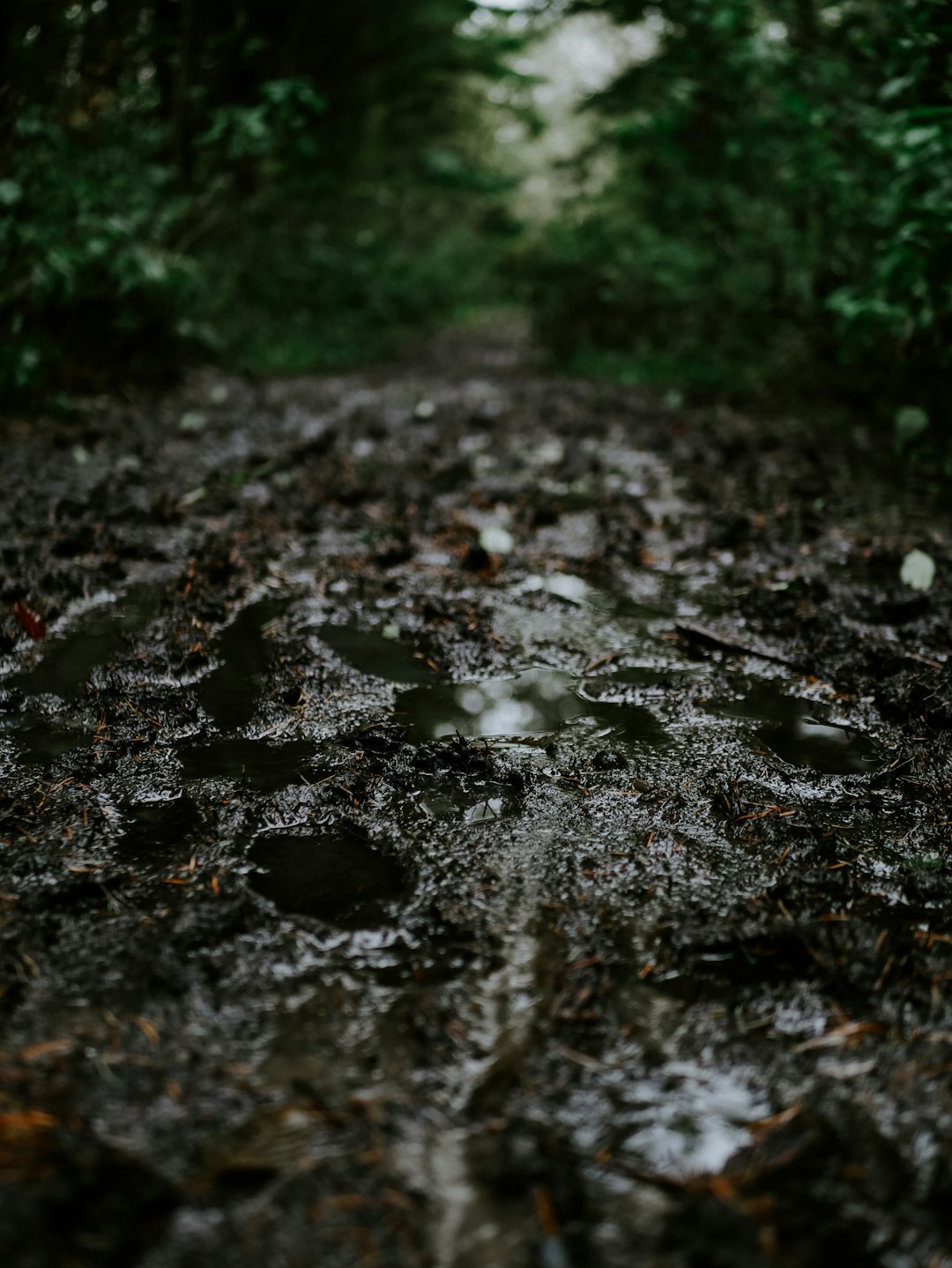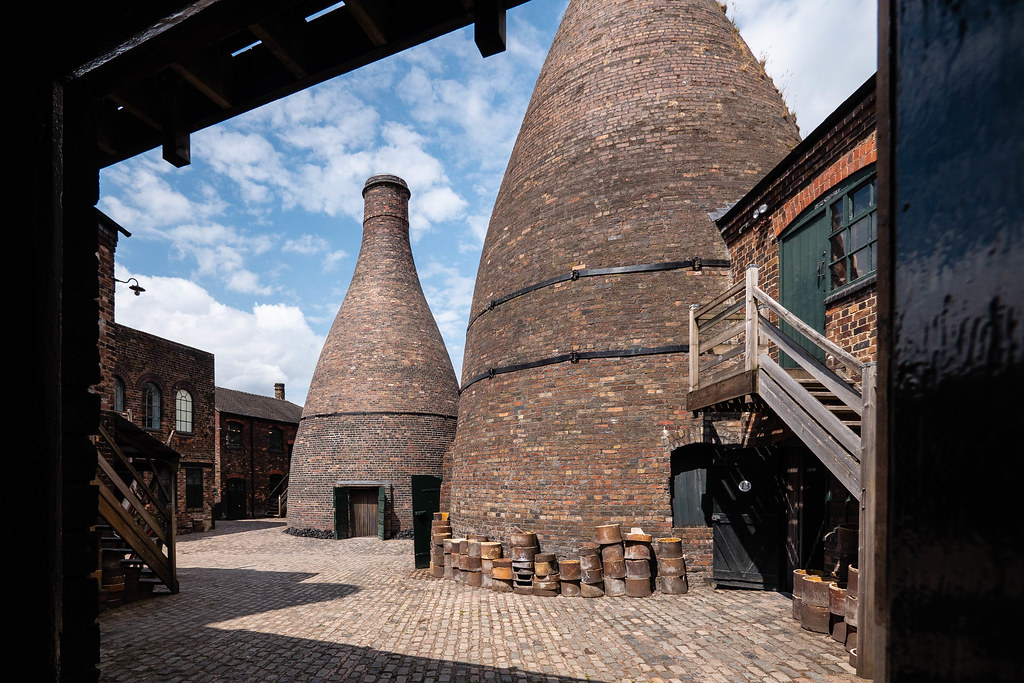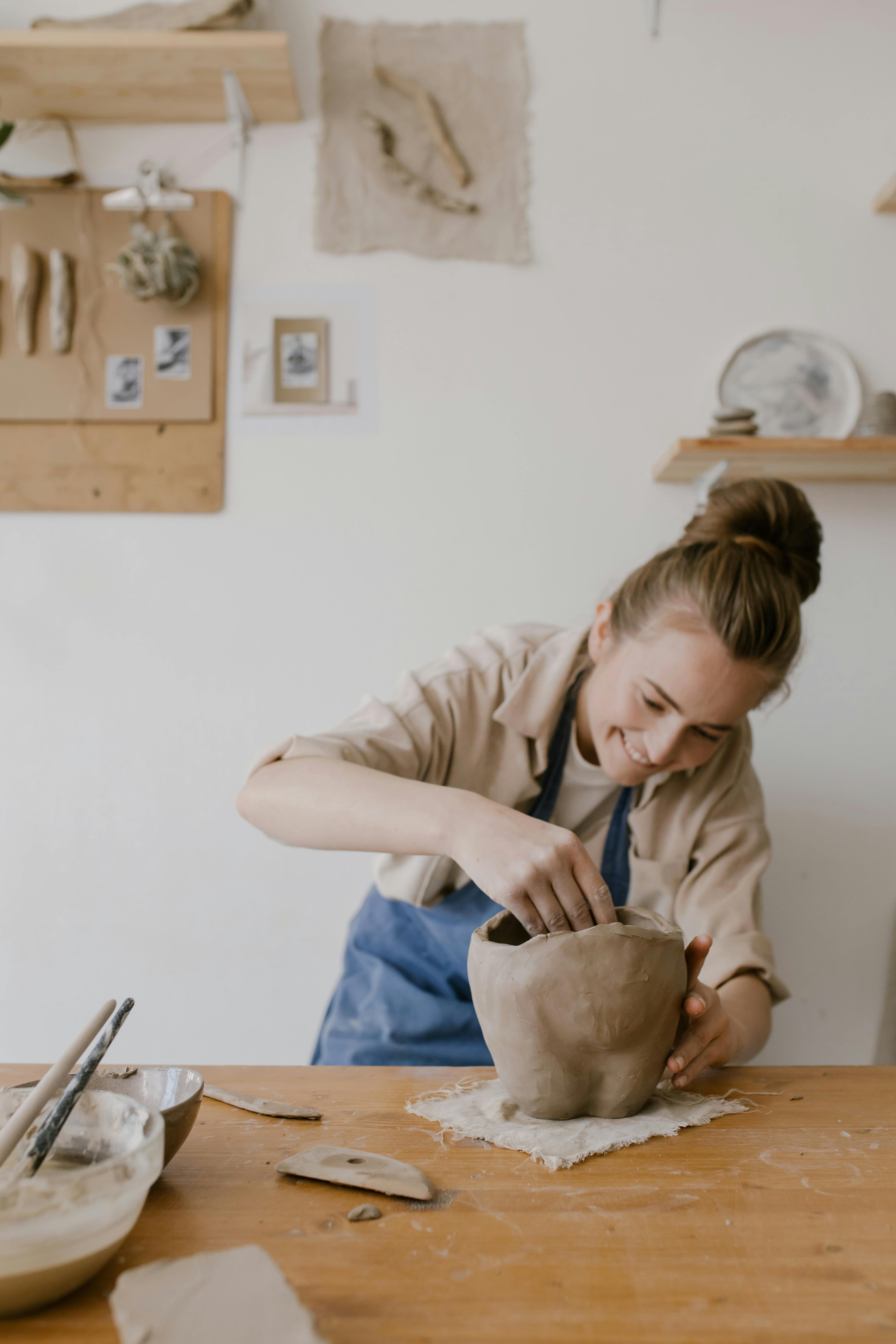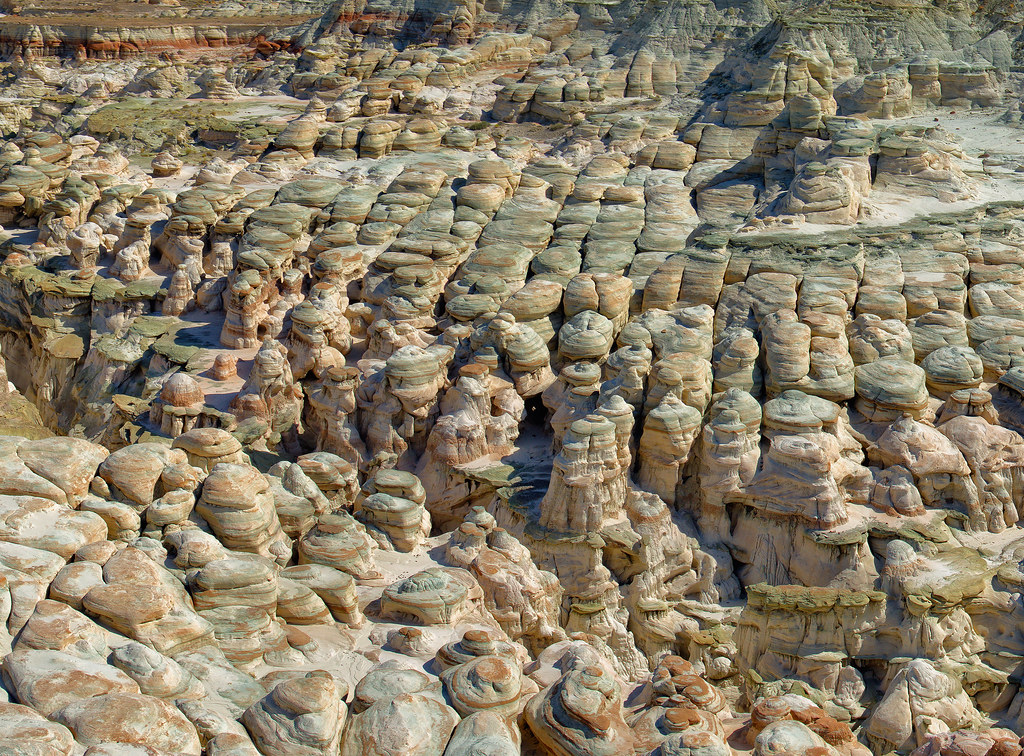When considering “how thick can clay be to fire,” it’s important to understand the delicate balance between thickness, moisture content, and firing temperature to ensure your clay piece survives the kiln. The thickness of a clay piece can significantly impact its drying and firing process, as thicker pieces are more prone to uneven drying and potential cracking or exploding during firing. Depending on the clay type and firing method, generally, a piece should not exceed one inch in thickness to ensure safe firing. However, exceptions can be made with proper techniques, such as hollowing out or using professional-grade kilns with special firing schedules. The following table provides essential guidance on clay thickness and firing:

| Clay Type | Ideal Thickness Range | Firing Tips |
|---|---|---|
| Earthenware | Up to 1 inch | Ensure thorough drying; consider hollow shapes |
| Stoneware | Up to 1.5 inches | Use slow heating and cooling cycles |
| Porcelain | Up to 0.75 inch | Monitor moisture content; control firing temperature closely |
Understanding the Balance Between Thickness and Drying
Crafting with clay is often a balancing act, especially when dealing with thicker pieces. The thickness of your creation directly affects its moisture content and drying time. If a piece is too thick, moisture can get trapped inside, leading to uneven drying. This discrepancy creates stress within the clay structure during firing, increasing the risk of cracks or even explosions in the kiln. Ensuring that your clay piece is evenly dried is crucial, which might mean extending the drying process or using a fan for enhanced airflow around the piece.

For detailed information on clay liners and their composition, which can offer additional insights into the structural dynamics of clay, refer to detailed guides available online.
Smart Techniques for Managing Thickness
If you’re working with a piece that’s pushing the limits in terms of thickness, consider these techniques to preserve its integrity:
- Hollow Out Bulky Areas: By hollowing out thicker sections from the back or bottom of your work, you can maintain a more uniform thickness and reduce the risk of internal moisture issues.
- Use Armatures: Armatures can provide internal support for large or irregular shapes, allowing you to build slightly thinner clay walls.
- Combining Thin and Thick Elements: Use thinner attachments on thicker bases, reducing the overall mass that needs careful drying and firing.
These techniques not only aid in even drying but also allow for more dynamic and intricate designs, optimally balancing structural integrity with artistic expression.

Adjusting Firing Schedules
Firing thick clay relies heavily on precision and patience. Customizing your firing schedule is a strategic move. For thicker pieces, consider:
- Longer Pre-Heat: Gradually increasing the kiln’s temperature with a prolonged pre-heat phase allows any remaining moisture to escape safely.
- Slow Ramping: Slowly increase the temperature to prevent thermal shock. This is particularly crucial for stoneware and porcelain, which have more stringent firing needs.
- Cooling Considerations: Just as important as the heating phase is the cooling phase. Slow cooling prevents stress on the clay body that could result in cracks.
By adjusting your firing schedule, you accommodate the needs of thicker pieces, giving them the best chance to remain intact throughout the process. You can explore various modeling procedures for clay liners for additional guidelines.
Experimenting with Professional Tools
For ambitious pieces exceeding the recommended thickness, tapping into professional-grade tools and kilns can be a game-changer. Many contemporary kilns come equipped with programmable options that allow for highly controlled firing schedules. Furthermore, kiln monitoring systems can offer critical insights into temperature changes, allowing you to make real-time adjustments if necessary. It might also be worthwhile exploring different firing methods such as reduction or oxidation firing, which can provide additional control over the environment in which your clay piece is processed.

Additionally, understanding the soil texture and composition can play a key role in predicting firing outcomes and enhancing your craftsmanship.
Engage with Your Crafting Community
As you delve deeper into working with thick clay pieces, remember that pottery thrives on shared knowledge and experiences. Engage with fellow potters, seek advice, and share your triumphs and challenges. What thickness challenges have you encountered in your clay projects? What solutions worked for you? Share your insights and keep the conversation going in the comments below!
For those interested, you can check out our recent articles on a variety of topics related to architecture and materials.
Scoop out this sculpture with me 🙂 process of preparing a sculpture for firing
When considering “how thick can clay be to fire,” it’s important to understand the delicate balance between thickness, moisture content, and firing temperature to ensure your clay piece survives the kiln. In Ruth Moffatt Art’s video, she takes you through the process of preparing a sculpture for firing, highlighting essential techniques that address these critical factors in ceramics.
When working with clay, finding the right thickness is crucial for a successful firing. By carefully balancing the thickness, managing moisture levels, and selecting the appropriate firing temperature, you can create beautiful, durable pieces that stand the test of time. Remember, experimentation and practice are key to mastering the art of clay firing.
Stay Connected for More Tips
Don't forget to stay updated with more tips and inspiration by following us on Instagram. We'd love to see your creations and share more insights to help you on your ceramic journey!
